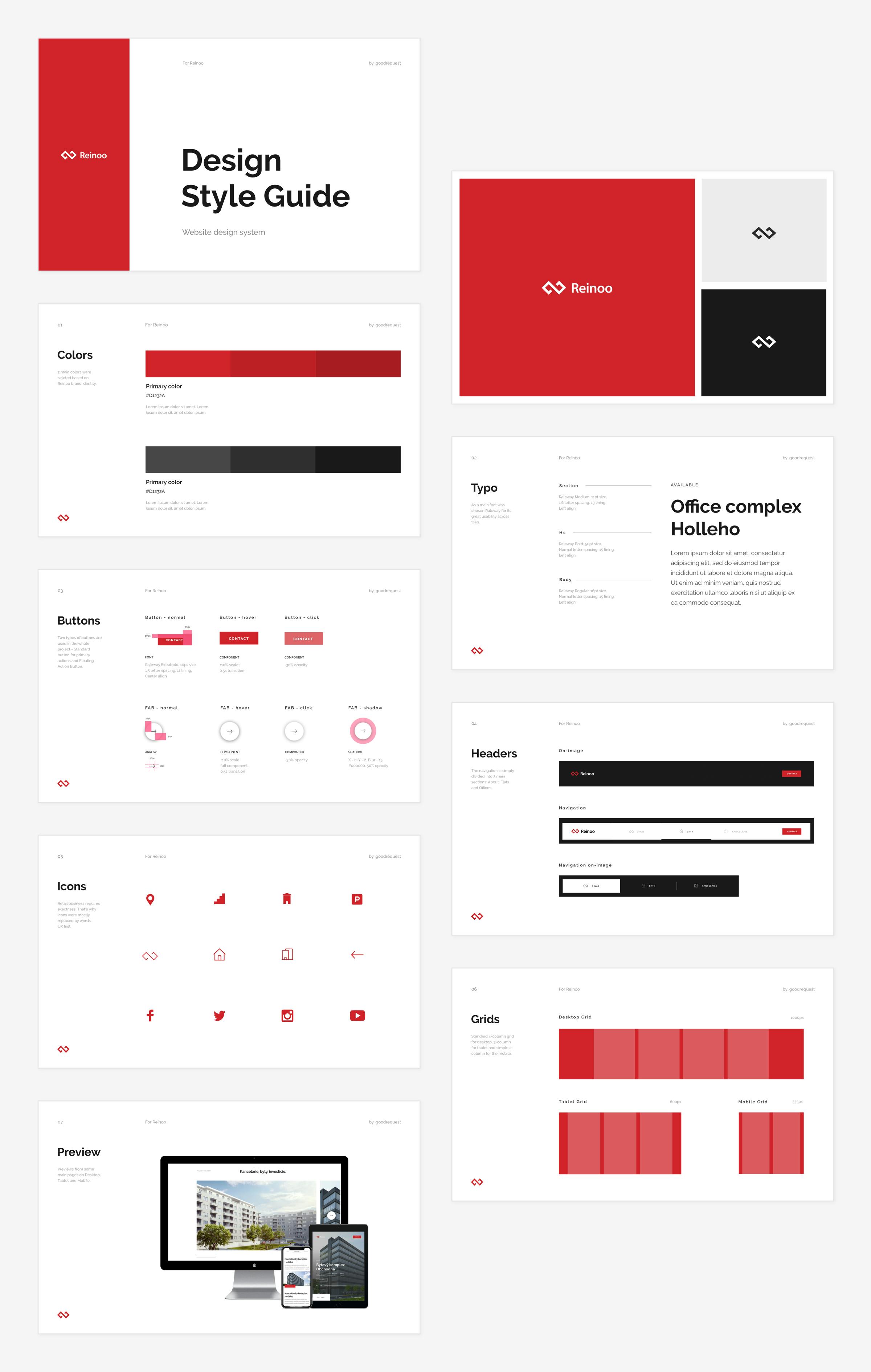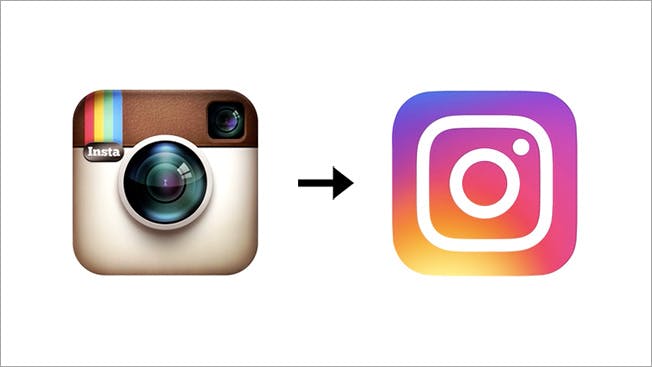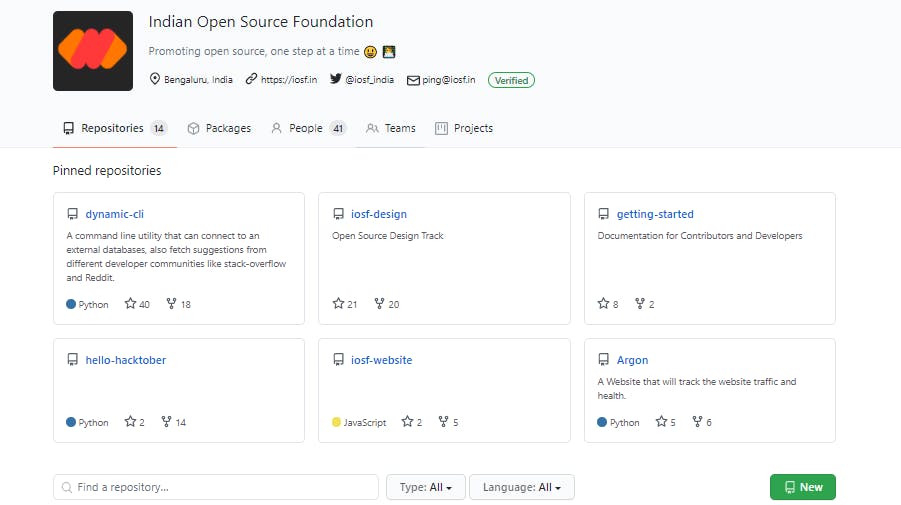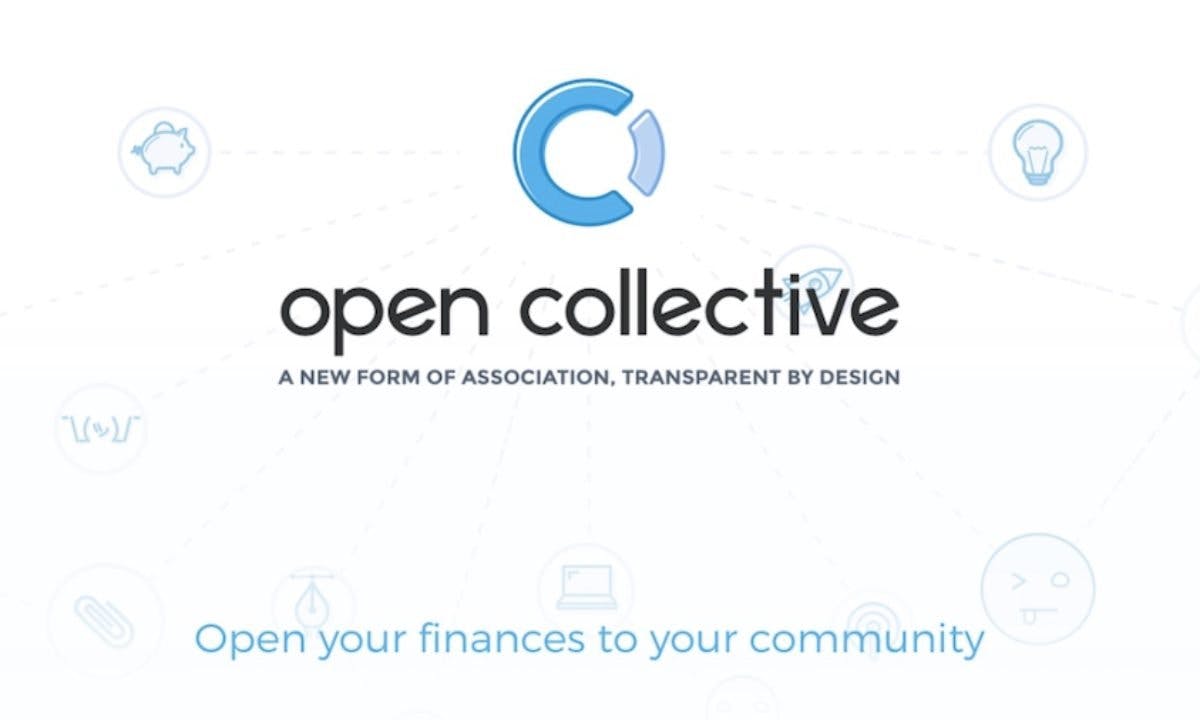Contributing to open source can be crazy as a designer, especially when you're not familiar with the 'How to contribute' 'Where to contribute' and who can support you. In this article I've been able to narrow the steps to these few points, to get you started on your open source journey as a designer.
For newbies who are just hearing of open source, Open source software refers to source code that is designed to allow people inspect, modify and share. The open source community is a loosely organized community of contributors whose common interest is the success of the project they are working on. This article points you on how to get started with open source. beginners guide to open source.
**Getting Started in Open Source Design.
There are speculations that open source is generally for developers, to some extent this is true, but only because designers shy away from open source. This is mostly because a lot of them do not know how to get started with design contributions, or how to find design issues.
Join the open source design communityjoin here:
After joining the open source design community by clicking on the link, visit the #Introductions (come in, say hi), introduce yourself and stack . "VWA-LA you're in".Read Contributing Guidelines: When sourcing for organizations to contribute to, always read the contributing guidelines. Some projects have a separate document for design contributions, while others share the same guidelines. it is important to read this to know what the project needs to improve on or develop from scratch. So that you can make a successful contribution. Don’t forget, if there are no designer contribution guidelines, as a designer, you can submit some as your first contribution!
Conduct User Research: In order to contribute design modifications, one has to conduct a thorough research on the product they want to modify. This way, when you create an issue you can easily point out areas you think needs modification and also give necessary solutions pertaining to the issues.https://www.google.com/url?q=https:/..
Solve issues in a manageable way. Sometimes merging issues with huge commits (pieces of work or contributions) can be quite tedious and difficult for the maintainers (the people who look after an OSS project). I'd advise you push with manageable commits for easy merging. This makes review easier and quicker.
Now that you are familiar with how to contribute, there are several areas you can contribute your skills to. I'm psyched about your open source journey, so I've listed a few areas you can contribute to.
Areas to contribute to as an open source designer.
Good first issues: As a beginner this is one of the many areas you can contribute to. Issues labelled with "Good first issues" are beginner friendly issues, for designers seeking to contribute, look for issues that also have "design" labels, this means it is a beginner friendly design issue. The issue with a design and good first issue in the image below, is the best issue to attempt as a newbie.

Conduct UX reviews for existing projects. You can conduct UX research on the products used and created by the organizations, and present your findings to the maintainers. These findings can be used to update the documents of the organization. This is also a contribution.

3.Develop Style Guides. Some open source organizations have very good code bases, but not so good UI you can develop a style guide that can help other designers contribute by using the guide to make consistent visual design contributions. By creating style guides you not only contribute, but give opportunities for others to contribute with your contribution (wink wink).

Through branding. If you notice a project that needs improvements in their branding system, you can also contribute by reaching out to the maintainers and creating a new logo or project branding for them. Remember to be courteous with your approach as some projects are very attached to logos and branding regardless if they are well-designed or not. The best approach is one that is user centred and empathetic.

Creating design issues: You can also contribute as a designer by creating design issues. Notice something about the UI? create an issue and add the appropriate descriptions and you get a green box. To create an issue click on the New issue button top.

Open a Design project Repository : Create a design project repository and communicate your new ideas to the owner or maintainer. If this is accepted, you have also contributed to opensource. In the image below, Indian open source foundation is the organization while iosf-design is the design repository.

Financially through Open Collective: Open Collective is a platform where communities can collect and disburse money transparently, to sustain and grow their projects. You can sponsor a project.

Conclusion
Now that you are familiarized with how to get started and areas to contribute to as a designer, your next step would be to get acquainted with organizations to contribute to. This is already made available in this article
For someone who had never heard of open source until recently, I've found it to be quite addictive, it's my desire to have more designers join the community, improve and develop the open source space.
The open source community is waiting for what design initiatives can impact the entire software industry. The open source community is waiting for design minds like you. The future is not just Open, the future is Design.
